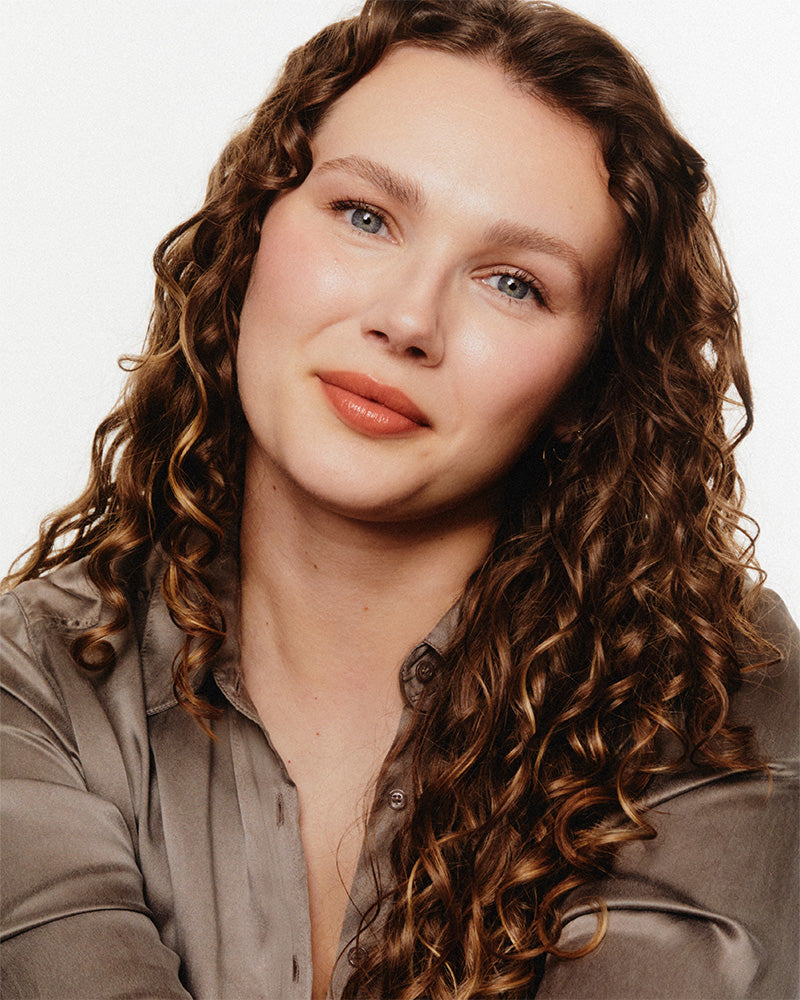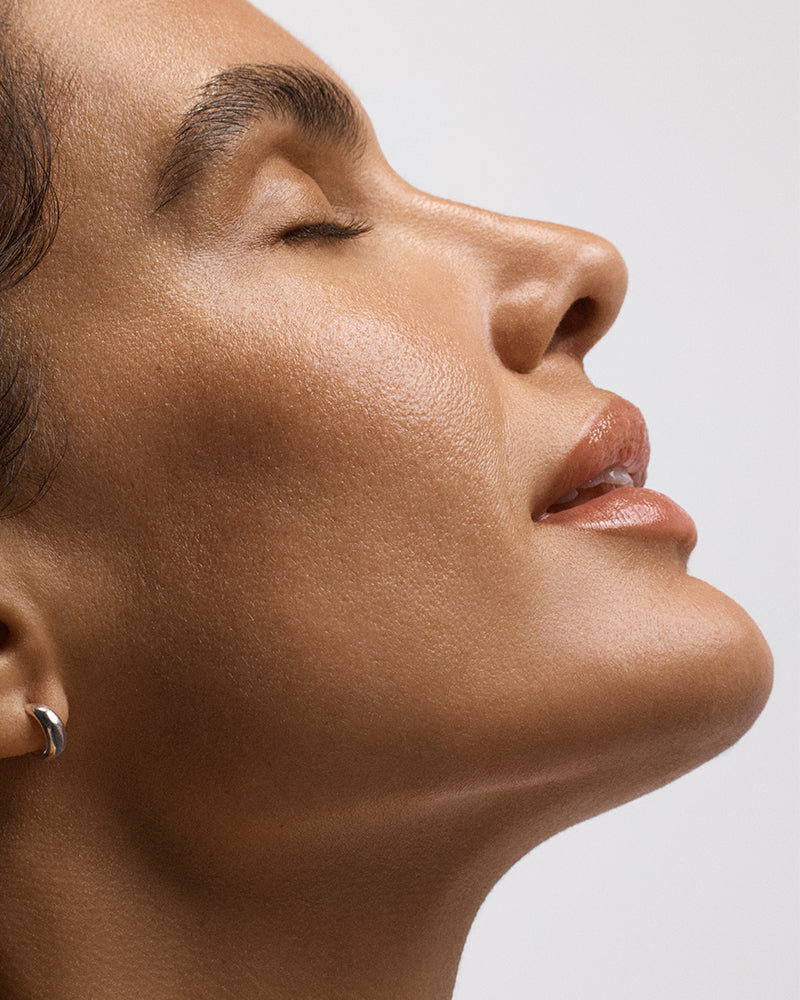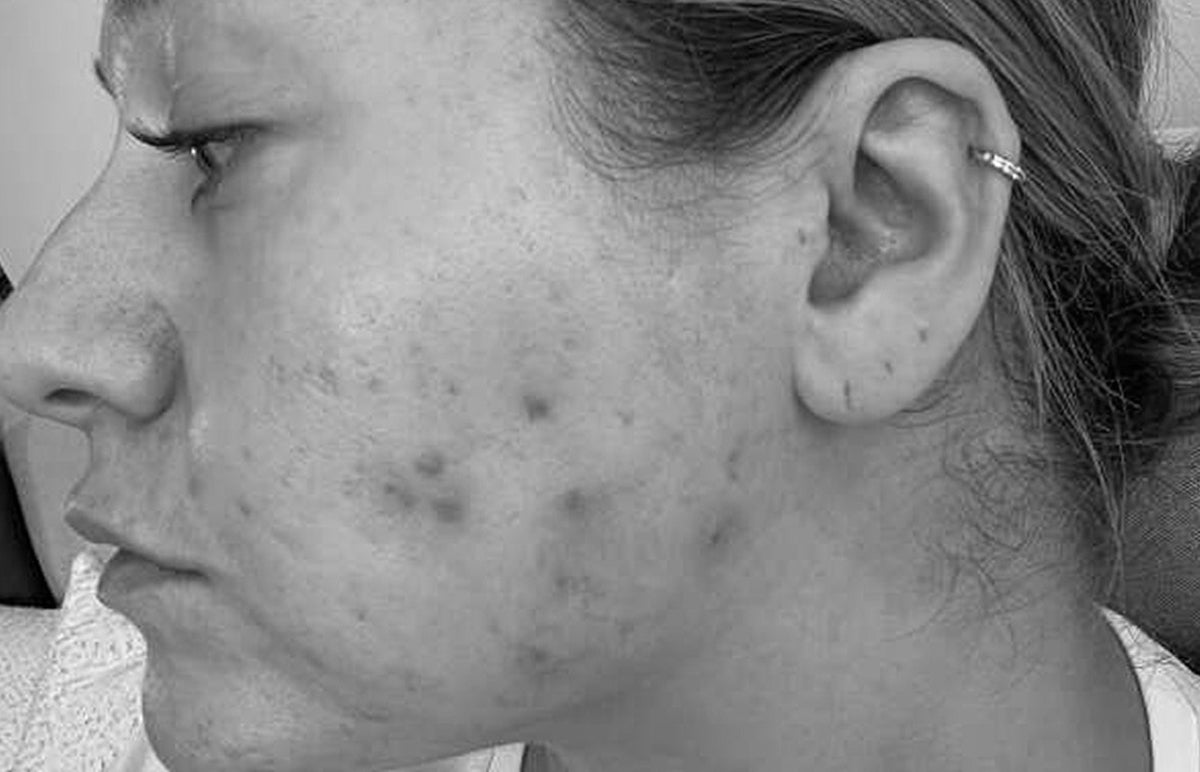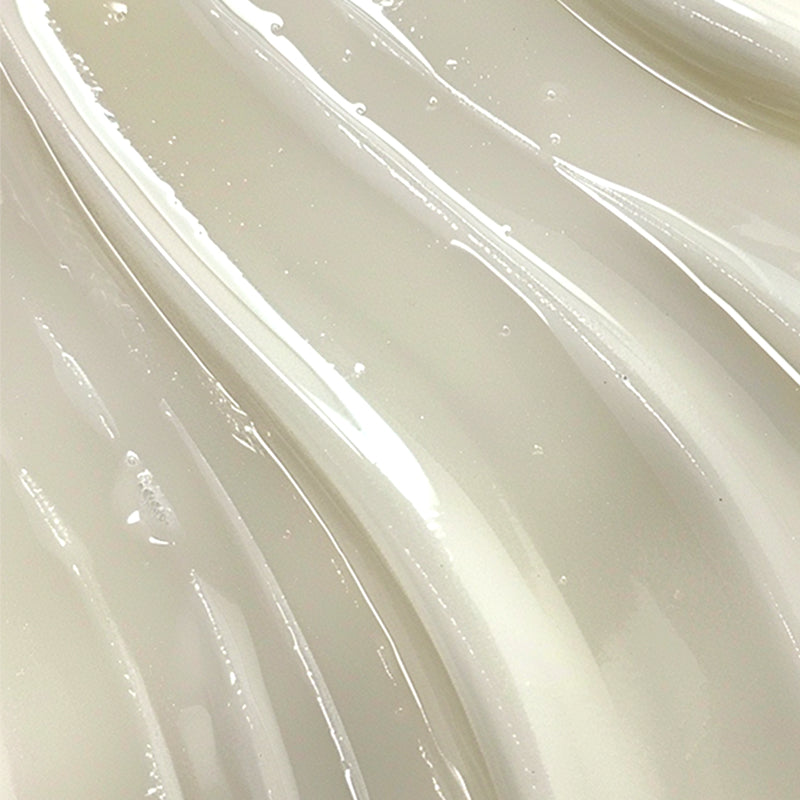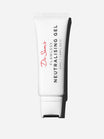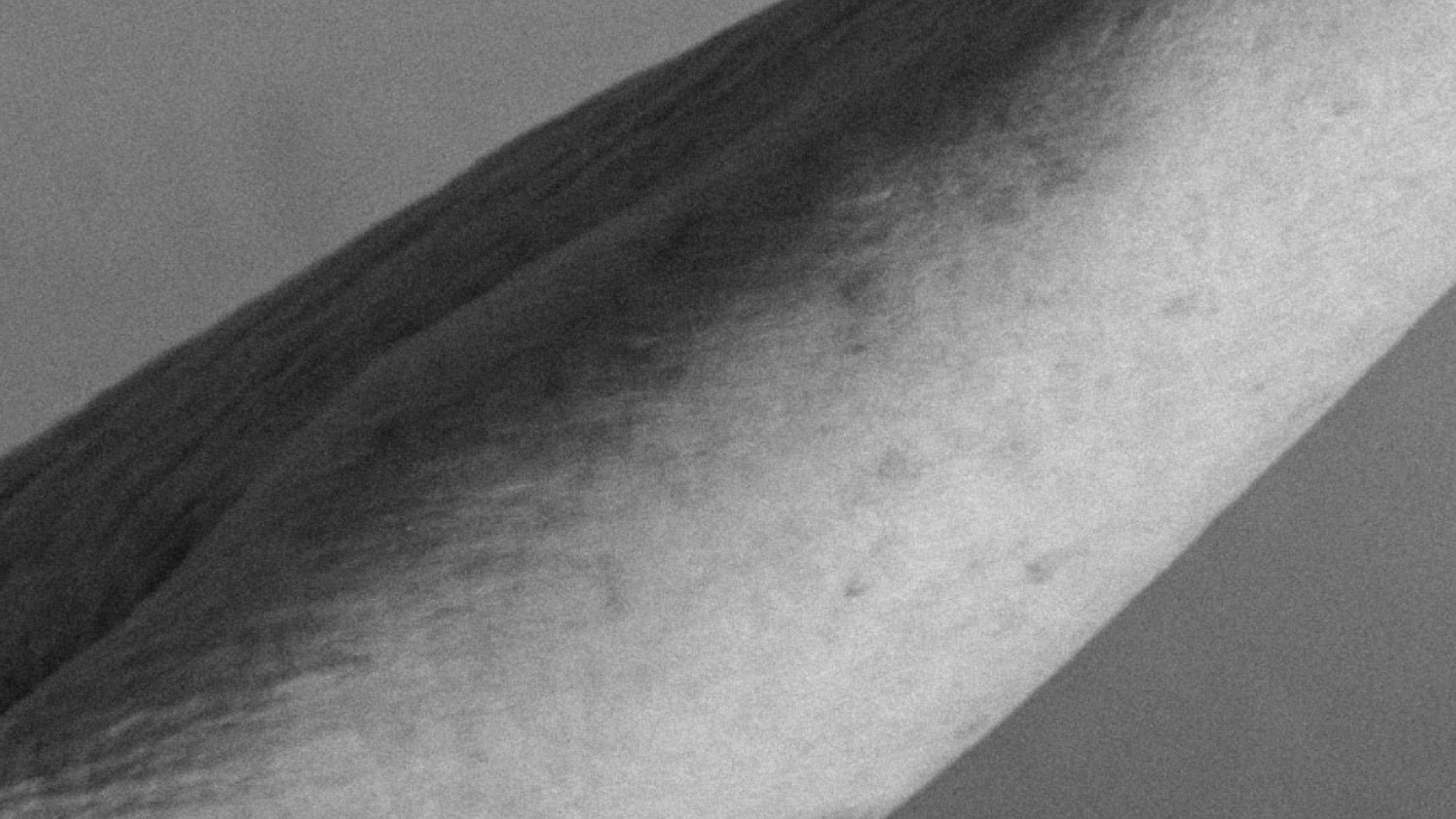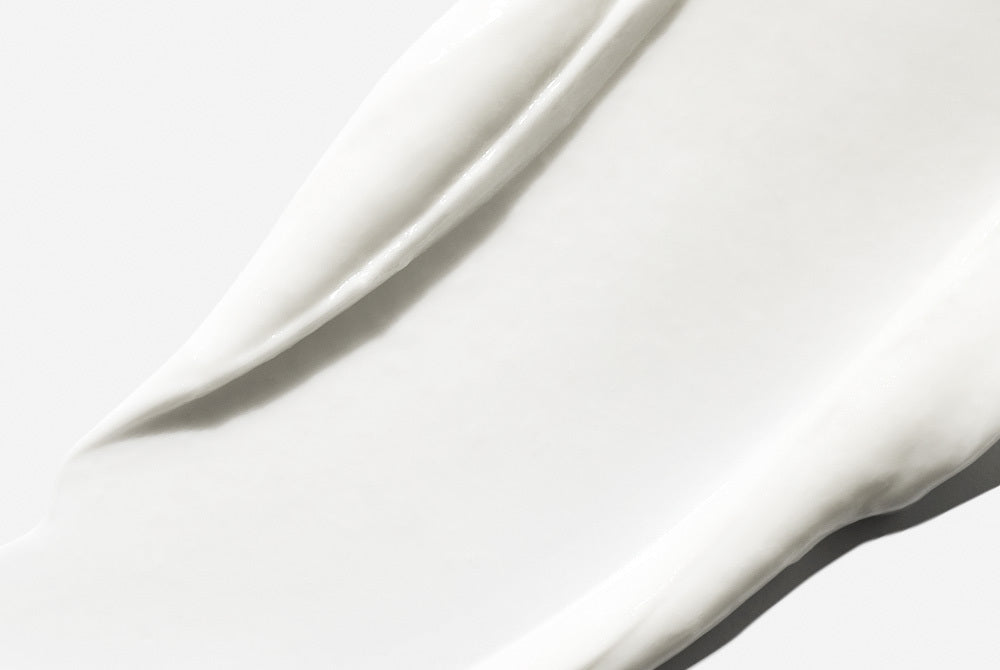An increasing number of patients have been complaining about crepey skin as of late. Much like crepe paper, crepey skin is fragile, thin and wrinkly, with a dull appearance. It’s often present on a sun-exposed chest and may well be quite a contrast to the more often sun-protected face - I think it’s often this disparity that bothers people the most.
Crepey skin is due to a combination of skin thinning, surface dehydration, and at a structural level, loss of collagen and elastin which we get depleted as we get older.
Unlike wrinkles and folds which are often caused by repeated facial movements, the biggest culprit of crepey skin is UV damage from sun exposure so it typically covers a larger surface area and we often see it in thin-skinned areas that are most exposed to the sun such as the neck, decolletage, back of the hands and the eye area. UV rays break down collagen and elastin in the skin which causes the skin to become loose, thin and wrinkle.
Whilst crepey skin can be a bugbear, the good news is that it certainly can be improved. Below, I share my tried and tested tips including which skincare truly works and the best treatments to try.
How To Improve Crepey Skin - Short Term Solutions
Hydration
Boosting your skin’s hydration level is a surprisingly simple yet effective way to improve the appearance of crepey skin. Adding hydration will temporarily plump superficial fine lines which makes everything look smoother and the injection of moisture boosts the overall luminosity as crepey skin is often matte and dull.
The best combination is to use a combination of occlusive ingredients such as shea butter or silicones alongside moisture-binding humectants like glycerin and hyaluronic acid.
Exfoliation
Given the textural component, I’ll often recommend chemical exfoliation to improve crepey skin. Alpha-hydroxy acids such as glycolic, lactic or malic acid gently resurface the skin while also improving brightness. AHAs are also humectants, which means they help boost hydration further by drawing water into the skin. At higher concentrations, they can also increase the skin’s production of glycosaminoglycans in the dermis, which are the water-binding sugar molecules in the skin, giving crepey skin a major boost.
When using chemical exfoliants, it’s crucial to be diligent with your sun protection to avoid further damage. Opt for a broad spectrum SPF 50 such as Flawless Sunscreen, which is super lightweight but keeps you properly protected!
How To Improve Crepey Skin: Longer-Term Solutions
Decelerate Collagen Breakdown
If you’ve read my blog post on how to boost collagen, you’ll know that youthful-looking skin lies in the dermis. Unfortunately, UV damage and environmental pollution increase the production of enzymes called matrix metalloproteinases which are responsible for the degradation of collagen.
Protecting your existing collagen is essential, which can be achieved by reducing oxidative stress and neutralising the damaging effect of free radicals which break down collagen and leads to crepey skin.
Use antioxidants, such as vitamin C and niacinamide, in combination with a broad-spectrum sunscreen, to keep your skin protected. Even if the UV rays don’t feel particularly strong because of the time of year, it’s the daily insidious exposure to UVA that is responsible for a lot of damage, so be generous with your SPF application every day - yes, even in winter!
Boost collagen production
Collagen stimulators, such as topical retinoids, make up the perfect toolkit essentials for improving crepey skin as they help to rebuild the skin’s structural loss.
Both prescription and over the counter retinoids will boost the production of all key building blocks in the dermis, helping to restore the skin's elasticity and density.
In clinic, I often use micro needling on patients which releases growth factors through platelet disruption and creates tiny channels in the dermis of the skin, which then initiates the body's natural healing process to create collagen and elastin. This can transform, thin, fragile crepey skin on the face, neck and even the decolletage.
I also recommend Profhilo, which is an injectable treatment that introduces hyaluronic acid into the skin. Not to be confused with dermal fillers, which uses a crosslinked form of hyaluronic acid to revolumise and sculpt the face, Profhilo is designed to bio-stimulate the behaviour of the cells already in the dermis and boost skin’s hydration.
The best return on your time and investment when addressing crepey skin is a combination of professional treatments to re-densify the dermis, alongside a diligent skincare routine to stop it progressing further, comprised of daily sunscreen, retinoids, antioxidant use and good sun behaviour.

